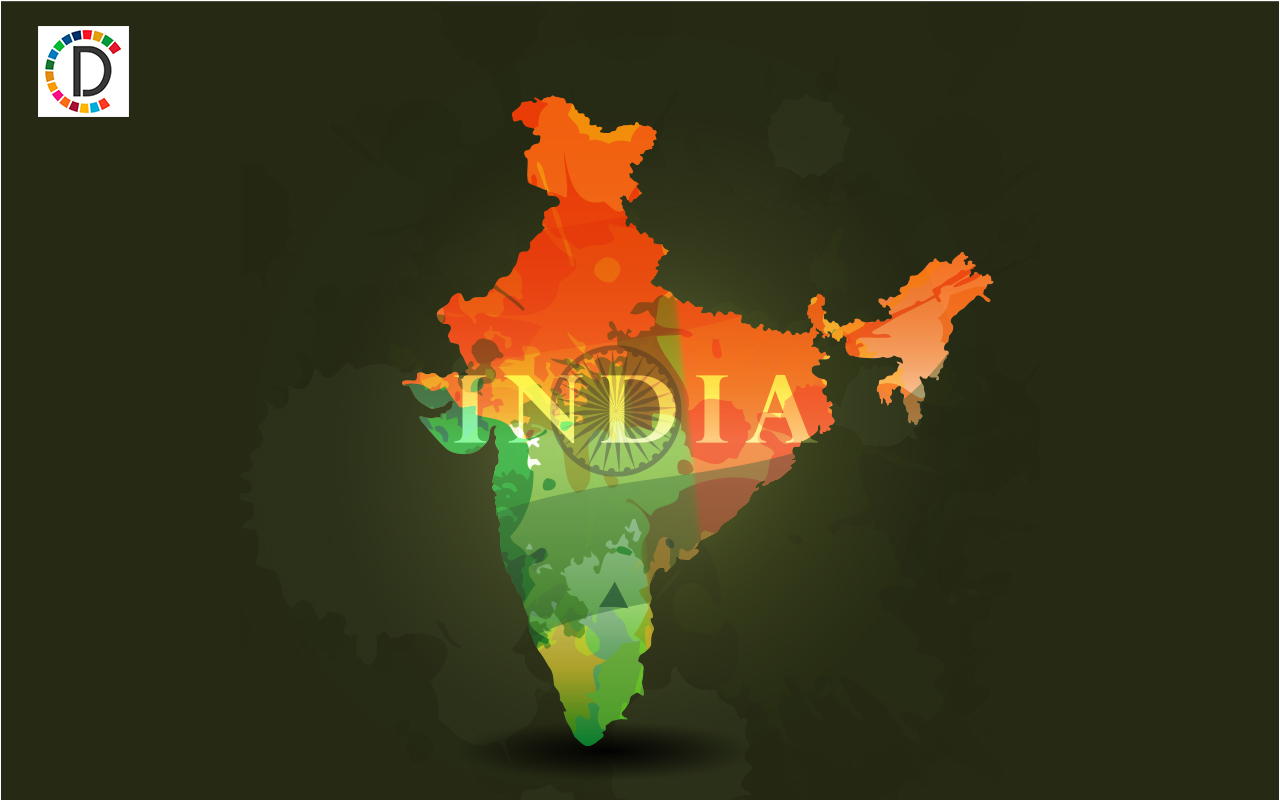On Dussehra, people burn Ravana effigies but spare a thought for environment

- Country:
- India
Giant effigies of ten-headed demon king Ravana, his son Meghnad and brother Kumbhakaran went up in flames on Dussehra marking the triumph of good over evil while at many places in the country people opted for eco-friendly ways to celebrate the festival. Crowds burst into cheers as the effigies, dotting grounds and open spaces, crackled in fiery splendour at sundown on Tuesday. However, the traditional pyrotechnics were missing at several events, including in the national capital, as only green crackers were used or altogether given a miss.
The four-day-long Durga Puja festivities also culminated on Tuesday, with revellers queuing up near river banks and lakes for idol immersion as they bid adieu to the goddess. With police keeping a hawk-eye vigil, the festivities passed off peacefully in different parts of the country.
Prime Minister Narendra Modi attended the Dussehra event in Dwarka in the national capital and urged people to work towards furthering the empowerment of women and ensuring their dignity by taking forward the spirit of Navratra. As a tribute to Mahatma Gandhi's on his 150th birth anniversary, he said they should take up the mission of not wasting food, conserving energy and water and avoiding single-use plastic.
The effigies at the event were prepared with green crackers, said chairman of Dwarka Sri Ramleela Society Rajesh Gehlot. President Ram Nath Kovind, who attended the festivities in Indraprastha here, Vice President M Venkaiah Naidu, Congress president Sonia Gandhi and party leader Rahul Gandhi greeted people on the occasion.
In five cities including Delhi and Noida, Ravana effigies made of plastic waste were dismantled mechanically rather than being burnt, as is the tradition, to promote environment conservation. One of the effigies, which was raised using 500 kg plastic waste, was installed at the Noida Stadium in Sector 21-A and later disposed at a cement kiln.
Naidu and former prime minister Manmohan Singh attended the celebrations at Delhi's famous Lav Kush Ramlila at Red Fort which also did not use crackers in the effigies. This departure from tradition is the organisers' way of minimising air pollution.
To make up for the missing fireworks, the sound of crackers were played on speakers. Even the height of the effigies were reduced from 125 feet last year to 60 feet. Naidu on the occasion called for eliminating social evils like casteism, fundamentalism, corruption and discrimination that impede the progress of the society and the nation.
In Chandigarh, the main attraction was an 221-foot Ravana effigy, with organisers claiming that eco-friendly firecrackers were used. For many in Amritsar, this Dussehra was a painful reminder of last year's tragedy when a train sliced through revellers watching a Ravana effigy go up in flames, killing 61 people.
Some families, whose next of kin died in the incident, held a protest demanding adequate compensation and government job. They also demanded that the government fix responsibility for the train accident so that such incidents do not take place in future. The 10-day-long popular Dussehra celebrations in the palace city of Mysuru in Karnataka culminated on Tuesday, with a spectacular procession marking the grand finale.
The grand procession began with Chief Minister B S Yediyurappa offering pooja to the Nandi Dhwaja from the imposing Mysuru palace. Rains played dampener in the Dussehra festivities in several parts of Madhya Pradesh where effigies were prepared in a way to send a message against single-use plastic.
Traditional fairs were organised in several states. The Rashtriya Swayamsevak Sangh and other Hindu outfits conducted 'Shastra Puja' (worship of weapons) in many cities and towns. The RSS also took out a foot march or 'Path Sanchalan' at several places.
Festivities took place amid tight security across Jammu region. Celebratory processions were taken out and effigies burnt at different places in the city, officials said, adding that the programmes were peaceful. Union minister Jitendra Singh attended celebrations at the Parade Ground.
Meanwhile, as Dussehra festivities came to an end across the country, the historical week-long Kullu Dussehra commenced amid tight security. The internationally renowned festival is unique as it begins when festivities culminate in the rest of the country and no effigies are burnt.
Even as the rest of the country burns effigies of Ravana on Dussehra, the demon king is worshipped in Sangola village in Maharashtra's Akola district for his "intelligence and ascetic qualities". An enormous black stone statue of Ravan, with 10 heads and 20 arms, stands tall in the village where, according to locals, the Lanka king is being worshipped for the last 200 years.
Ravana worship also took place at the Shiva temple in Luxmi Nagar area of Mathura in Uttar Pradesh.
(This story has not been edited by Devdiscourse staff and is auto-generated from a syndicated feed.)
ALSO READ
Kumaraswamy's only job is to criticize, says Karnataka DyCM DK Shivakumar
Sri Lanka showing signs of recovery, with green shoots emerging in 2023
BJP's Mathura LS poll candidate Hema Malini meets RLD chief Jayant Chaudhary
BJP MLA Shivaram Hebbar''s son Vivek joins Congress
"No BJP wave, only Congress and five guarantee waves": DK Shivakumar










